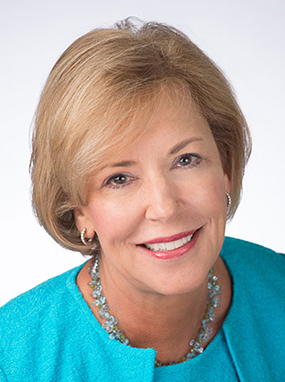School systems that prioritize coherence are more likely to achieve their goals for students, and many education leaders recognize this. Departments that operate within their own silos create barriers to developing shared understandings and a common vision for all.
Coherence puts all educators on the same systemwide map, so to speak. Every teacher and every principal knows where he or she is headed and why. Coherence means that all professional learning aligns, and that teacher, school, and system priorities align, guided by shared vision for student outcomes.
What does coherence, or lack of coherence, look like for an educator related to professional learning? Here are the signs.
Within a body of aligned learning, a teacher will understand:
- How their learning connects to a common vision for instruction and the school and system’s instructional priorities.
- How their learning at any given point connects to or builds on her other learning.
- How their learning connects to needs identified through her own evaluation as well as team and schoolwide goals.
- How their learning connects to or builds on the needs, learning, or expertise of her colleagues.
- Why they are in any given learning team, workshop, class, institute, or webinar.
- How those in a range of roles at various levels throughout her school and district support and influence her learning.
- Why their team, school, or district is taking on, or stopping, a particular initiative.
If a teacher doesn’t learn and work in an aligned system, they may experience something entirely different than their counterpart in a coherent system experience.
The teacher in a noncoherent system may find that:
- The needs identified in their performance evaluation have nothing to do with the learning he experiences in his team or school.
- The school and systemwide learning to which they have access fails to connect to his students’ needs and challenges, and likewise, the challenges they face in helping them learn.
- They don’t really know whether their system has a vision that outlines what students should know and be able to do.
- They are signing up for professional development options purely to check off an obligation outlined by policy or school mandate.
- They don’t know what their learning team is supposed to do or why they are a member.
- They are uncertain about who in the district has responsibility for professional learning.
- They are unclear about where new initiatives come from or why they are happening.
Prioritizing coherence — which entails such steps as establishing a common vision for learning for all and ensuring that all initiatives contribute to that vision — is a critical step in not only creating effective professional learning but also achieving rigorous goals for students.
This post is adapted from Becoming a Learning Team: A Guide to a Teacher-Led Cycle of Continuous Improvement (Learning Forward, 2017) and was originally posted in Learning Forward’s PD Watch.



![Poil blog v1[1]](https://learningforward.org/wp-content/uploads/bb-plugin/cache/poil-blog-v11-custom_crop.jpg)




